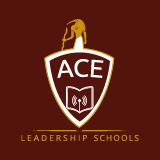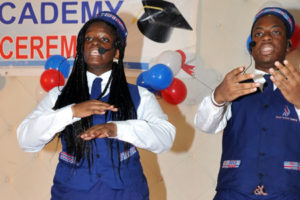Cultural Pride
A primary goal of culturally responsive education is to help all students become respectful of the multitudes of cultures and people that they’ll interact with once they exit the educational setting. This can be a daunting task for the educator, given that the world at large is infinitely more complex and diverse than the microcosmic environment that the student inhabits. In typical educational and social settings there is a marked tendency for students to exhibit classic in-group/out-group behaviors.
In general, most students are comfortable interacting with people, behaviors, and ideas that they are familiar with but react with fear and apprehension when faced with the unfamiliar. Among its other goals, culturally responsive instruction aims to teach students that differences in viewpoint and culture are to be cherished and appreciated rather than judged and feared.
There are a wide range of classroom activities that can help students recognize the essential humanity and value of different types of people. For instance, providing students with an opportunity to share stories of their home life, such as family holiday practices, provides fellow students with a window into their peer’s cultural traditions.
Another important goal of culturally responsive education is to teach students to respect and appreciate their own culture and heritage. Minority students can sometimes feel pressured to dispose of their cultural norms, behaviors, and traditions in order to fit in with the prevalent social order. When this happens it can create a significant disconnect between the culture of the student’s school and community lives and can interfere with emotional growth and social development, frequently resulting in poor performance in social and academic domains. Providing opportunities for students to investigate unique facets of their community is one effective way to help students gain a greater appreciation for their own culture. Having students interview family members about cultural practices and traditions or write about important learning experiences that the student has experienced in his home community are just two of the many ways that students can explore their heritage.
Consistent exposure to positive role models is another excellent way to emphasize respect and admiration for the diverse student’s own culture. All too often, students are exposed to ethnic stereotypes on television and in movies. Providing diverse students with role models who demonstrate exceptional leadership qualities and make social contributions in a non-stereotypical way helps students recognize the limitless ways in which they can have a positive impact on society.



